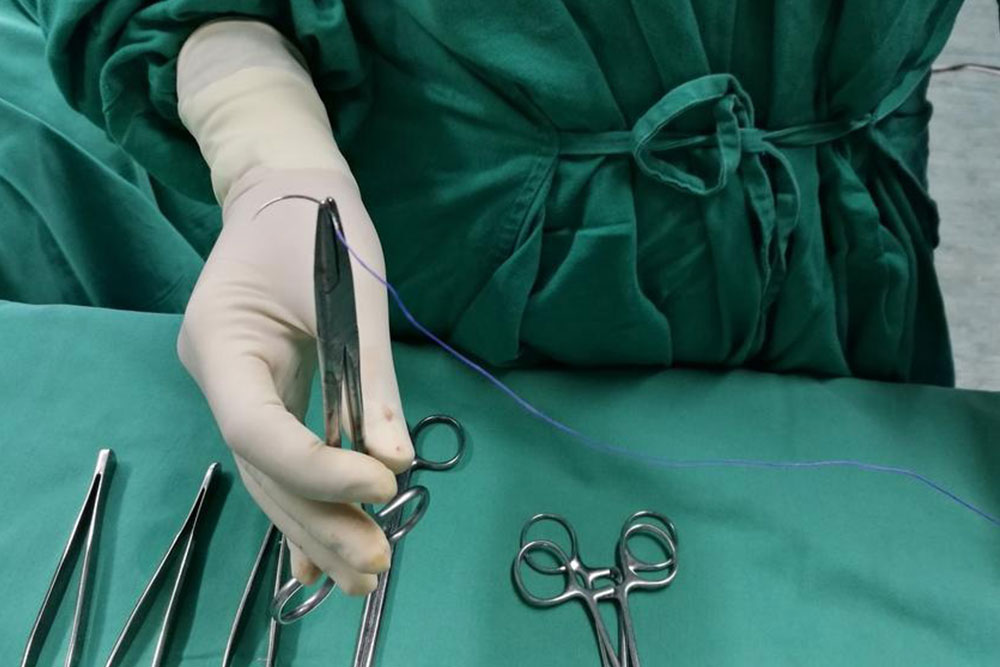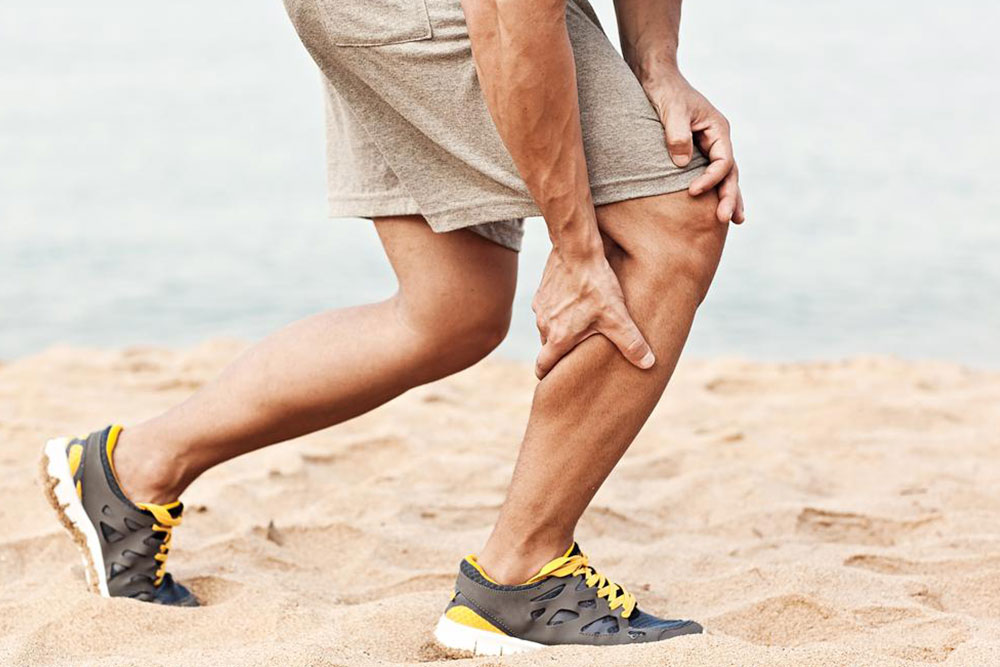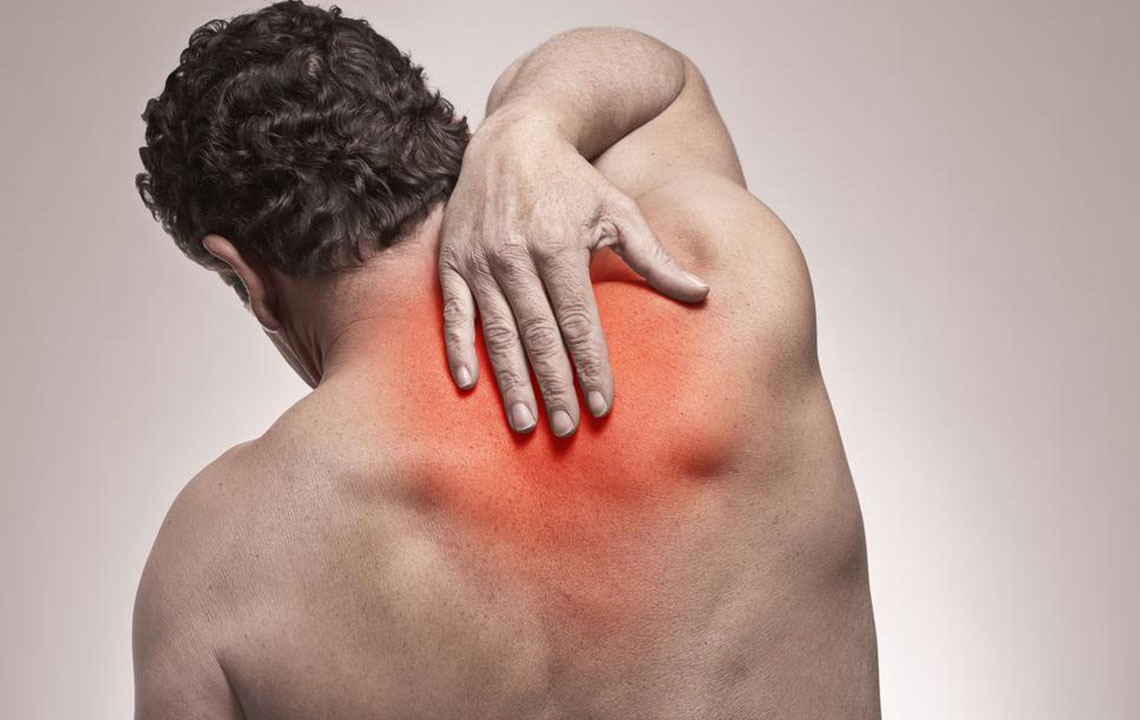Comprehensive Guide to Groin Discomfort: Causes, Symptoms, and When to Seek Medical Help
Groin discomfort can stem from numerous causes including hernias, infections, and injuries. Recognizing symptoms early and seeking prompt medical care are essential for effective treatment and preventing complications. This comprehensive guide outlines common causes, symptoms, and treatment options for groin pain to help you understand when to seek professional help and how to manage discomfort effectively.

An In-Depth Look at Groin Discomfort: Understanding Causes and Effective Treatments
Experiencing discomfort or pain in the groin area can significantly impact daily activities and overall quality of life. Whether caused by sports injuries, infections, hernias, or other underlying health conditions, understanding the root causes is essential for effective treatment and relief. Groin pain can be persistent or sudden, interrupting routine movements and often prompting concern about serious health issues. Recognizing when to consult a healthcare professional is critical to prevent complications and ensure proper management. In this extensive guide, we explore the common causes of groin discomfort, symptoms to watch for, and the most appropriate treatment options available.
Understanding the underlying causes of groin pain can help in early diagnosis and effective treatment. Here are some prevalent reasons behind groin discomfort:
Inguinal Hernia
An inguinal hernia occurs when a part of the intestine or fatty tissue protrudes through a weak spot in the abdominal muscles, creating a noticeable bulge in the groin area or scrotum. This condition affects roughly 25% of men at some stage in their lives and is one of the most common causes of groin discomfort. The hernia may cause a sharp or dull pain, especially during physical activity or lifting heavy objects. If the protruding tissue becomes trapped—a condition known as incarceration—it can compromise blood flow, posing serious health risks. Symptoms often include a visible swelling or lump, discomfort when coughing or bending, and in some cases, nausea, vomiting, or constipation. Early detection and surgical repair are the most effective ways to prevent complications.
Epididymitis
This is an inflammation of the epididymis, a tightly coiled tube that stores and carries sperm. Typically caused by bacterial infections, epididymitis presents symptoms such as swelling and tenderness of the testicles, dull ache in the groin, fever, and urinary discomfort. Some patients also report a discharge from the penis or pain during ejaculation. Timely antibiotic treatment usually resolves the inflammation, but untreated cases can lead to chronic pain or fertility issues. It is essential to seek medical evaluation when experiencing these symptoms to avoid complications.
Prostatitis
Prostatitis involves inflammation or infection of the prostate gland, which is part of the male reproductive system. The condition can cause persistent groin pain, urinary difficulties such as difficulty urinating, a frequent urge to urinate, and discomfort during ejaculation. Causes vary from bacterial infections to non-bacterial causes related to stress or trauma. Diagnosis typically involves a physical examination, urine tests, and sometimes prostate fluid analysis. Antibiotics are the primary treatment for bacterial prostatitis, while other cases may require anti-inflammatory medications or other therapies. Proper management helps alleviate symptoms and prevent worsening of the condition.
Men involved in sports or physically active lifestyles are more prone to groin injuries, which can occur suddenly or develop gradually over time. Common sports-related injuries include muscle strains, ligament sprains, and even tears in the groin muscles or tendons. If not treated appropriately, these injuries can worsen, leading to chronic pain, reduced mobility, and longer recovery times. Rest, ice, compression, and elevation (RICE) are initial treatments, followed by physical therapy or targeted exercises to strengthen the groin muscles. Recognizing the signs early and seeking medical advice can facilitate faster recovery, reduce the risk of recurrence, and ensure a safe return to activity.
In addition to these common causes, other underlying health issues such as kidney stones, urinary tract infections, or even certain cancers may cause groin discomfort. Persistent or worsening pain always warrants professional assessment to rule out serious conditions and ensure appropriate treatment. Regular check-ups, awareness of one’s body, and prompt medical consultation form the cornerstone of effective management of groin discomfort. The goal is to reduce pain, prevent complications, and restore normal functions swiftly and safely.
In summary, groin discomfort can originate from various sources, each requiring specific evaluation and intervention. Whether dealing with hernias, infections, or musculoskeletal injuries, early diagnosis and treatment are key to a full recovery. If you experience ongoing or severe groin pain, swelling, or unusual symptoms, do not delay in seeking medical advice. A healthcare professional can provide an accurate diagnosis and recommend a tailored treatment plan that ensures your health and well-being are protected.




